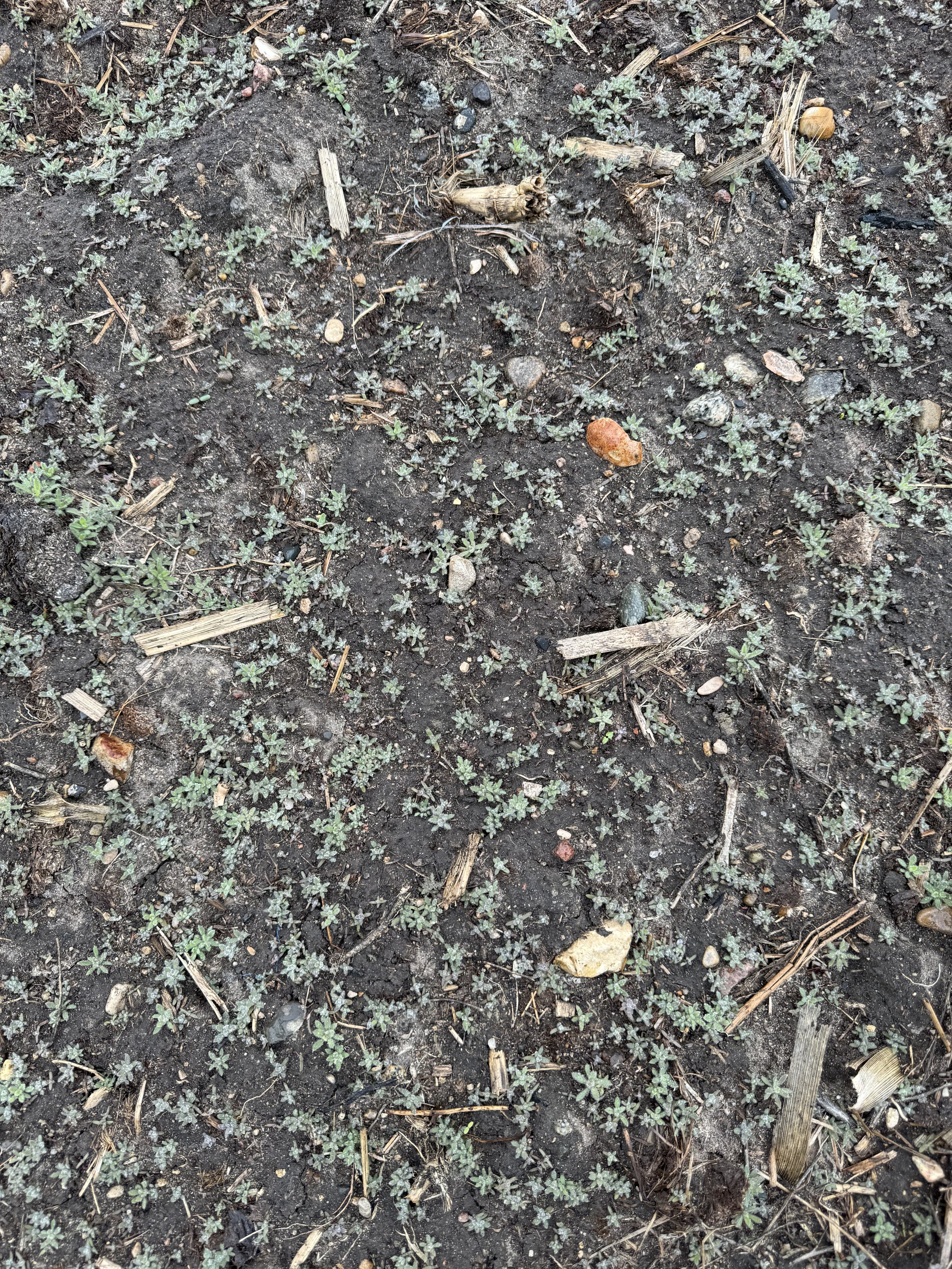
Fighting Weed Resistance with Integrated Management
Weeds like kochia and wild oats are becoming increasingly resistant to common herbicides. Kochia is resistant to Group 2 and Group 9 (glyphosate) herbicides, while wild oats are resistant to Group 1 and Group 2 herbicides. This resistance makes it harder to control these weeds, leading to potential yield losses and increased management costs.
Herbicide-resistant weeds are a growing problem in Western Canada. Studies have shown that nearly all kochia populations in the Prairies are resistant to Group 2 herbicides, and the incidence of glyphosate-resistant kochia is rising. Similarly, about 69% of wild oats in the Canadian Prairies show some level of herbicide resistance, with many populations resistant to both Group 1 and Group 2 herbicides.
Herbicide-resistant weeds can significantly impact crop yields and farm profitability. For example, uncontrolled kochia can lead to yield losses of up to 100% in severe infestations. Wild oats can also cause substantial yield reductions, particularly in cereal crops. The economic impact includes not only the direct loss of yield but also the increased costs associated with managing resistant weed populations.
Solutions:
1. Early Weed Removal:
Removing weeds early in the growing season can increase yields by up to 30%. Early weed control reduces competition for resources like light, water, and nutrients, allowing crops to establish more effectively. Farmers are looking at systems like Harvest Weed Seed Control, and selective tillage to manage early weed populations.
2. Use of Glufosinate:
Applying glufosinate 2-3 times can result in excellent control of flushing wild oats and kochia. This herbicide works by inhibiting an enzyme essential for plant growth, leading to the death of the weed. Currently this group has minimal resistance worldwide.
3. Crop Rotation:
Implementing a diverse crop rotation can help manage herbicide-resistant weeds. Rotating crops with different herbicide tolerances and modes of action can reduce the selection pressure on weed populations, slowing the development of resistance.
By adopting these strategies, farmers can effectively manage herbicide-resistant weeds, ensuring healthier crops and better yields. Regular scouting and timely application of herbicides are crucial to maintaining control over these challenging weed populations.
